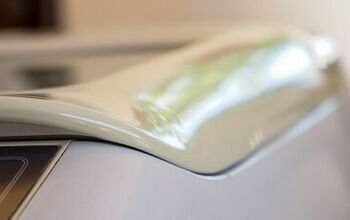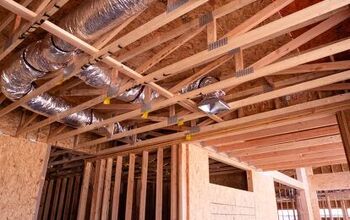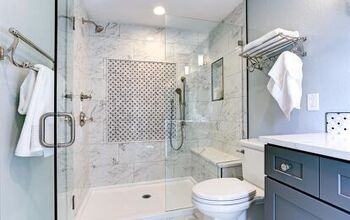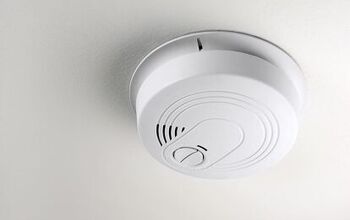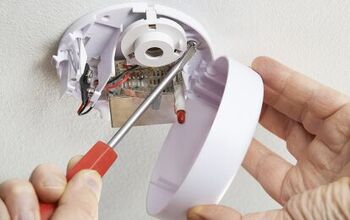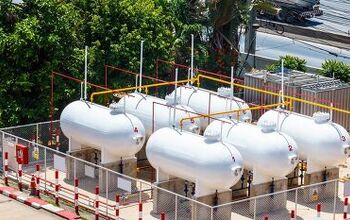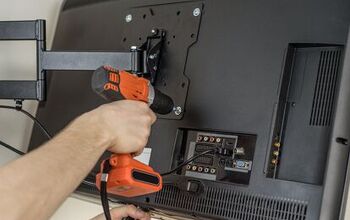Indoor Versus Outdoor Home Sauna

Having a sauna at home is a luxury, just like having a swimming pool or hot tub. Many homeowners set money aside but can’t choose between an indoor or an outdoor home sauna. After all, they differ in many ways, even if they serve the same purpose.
Space and design are the biggest differences between an indoor and outdoor home sauna. You have more design and space options for an outdoor sauna, and you don’t need to alter your house. While an indoor sauna is more prone to mold, an outdoor sauna get dirtier faster because of the elemental exposure. This can ultimately shorten its lifespan compared to an indoor sauna.
Installing an indoor sauna can cost more than installing one outside, as you may have to renovate your home. However, some people find it worth the cost, as an indoor sauna can add value to your home, and you can get a return on investment. Follow along as we explore everything you must know about indoor and outdoor saunas and highlight their differences.
How Do Indoor And Outdoor Saunas Differ?
Indoor and outdoor saunas differ in many ways, such as installation costs, maintenance, design options, and how much space they take up. Understanding these differences can help you decide which option is better for your home.
Design Options
Today, you can go online and see a wide variety of saunas that vary in many ways, such as design. This appeals to individuals who want to ensure their home sauna aligns with their aesthetic. However, you get much more design freedom with an outdoor sauna than an indoor sauna.
That’s because you aren’t as limited when it comes to space and placement with an outdoor sauna. After all, many homeowners can’t put a cabin-style sauna in their house, but it would fit perfectly in their yard. Many outdoor saunas come with exciting add-ons, such as an outdoor shower.
It’s also somewhat harder to ensure an indoor sauna won’t clash with your interior aesthetic. That said, you can find the right indoor sauna if you look for materials and colors that match your bathroom. Both indoor and outdoor saunas have many design options, but you have more to choose from with an outdoor sauna.
Space
It’s important to consider how much space you’re willing to give up when you look at saunas. Indoor saunas are typically smaller than an outdoor one, but you can find a small outdoor sauna. However, you must consider how much indoor or outdoor space you can allot for a sauna.
For example, you may be able to justify an indoor sauna if you have several spacious bathrooms and spare rooms in your house. That’s especially true if you pick a small indoor sauna that is strictly functional and doesn’t have lavish add-ons. However, it’s worth considering an outdoor sauna if you’ve maximized your indoor space and have room outside.
Outdoor saunas come in many shapes and sizes, and they typically require a dedicated space. For example, you may struggle to fit an outdoor sauna in a cramped yard. Carefully measure your yard and spare room before you decide whether an indoor or outdoor sauna is right for you.
Installation
Unless you buy a cheap portable sauna, you must consider installation before deciding between an indoor or outdoor sauna. Installing an indoor sauna can be tricky in some cases, as it may require construction and renovation. You must also pick a spot near electrical and plumbing connections.
Plumbing connections aren’t always necessary, but a floor drain can help prevent mold in your sauna. Installing an indoor sauna can cost anywhere from $3,000 to $15,000 or even more, in some cases. You can expect to spend between $1,500 and $6,000 to install a basic outdoor sauna, but add-ons can add thousands of dollars.
Installing an outdoor sauna is easier than installing an indoor sauna, as you don’t have to worry about making it work with your home’s layout. This can save money on materials and labor, and it also ensures you don’t have to alter your home’s interior. It’s also easier to break down and remove an outdoor sauna if and when you sell your home.
Maintenance
Like anything else, you must maintain your sauna, whether it’s inside your home or in your yard. You must clean a sauna at least once per week and perform a monthly deep clean. Doing so can help prevent mold from developing in your sauna.
That said, maintenance is typically easier for an indoor sauna than an outdoor one because it is well-protected. Some outdoor saunas are exposed to the elements and debris, such as leaves, pollen, and dirt. You may need to clean your outdoor sauna more often than if it were located inside, especially if it isn’t airtight.
A well-maintained indoor sauna often lasts longer than an outdoor sauna because it isn't subjected to the elements. Your maintenance checklist won’t vary much between indoor and outdoor saunas, but the frequency might.
Indoor Sauna Pros And Cons
An indoor sauna can provide an oasis in your home that makes you feel like you’re on vacation. However, you must weigh the pros and the cons before you decide which type of sauna is best for you.
Pros
- Indoor saunas offer plenty of privacy and relaxation in the comfort of your home. That’s especially true if you install a home sauna in a bathroom or extra bedroom.
- They are convenient, as you don’t have to go outside, and you can use them regardless of the weather. This is helpful for homeowners in areas with all four seasons, as you won’t have to take the winter off.
- Indoor saunas can add value to unused spaces in your house, such as a spare room or basement. This can help you maximize the space in your home and even get a good return on investment when you sell it.
Cons
- Home saunas have a high risk of mold because of the mixture of heat and humidity in an enclosed space. It varies based on the type of sauna you have and whether or not you have a floor drain.
- Indoor saunas can increase your power bills during spring and summer, as they can heat the rest of the house. This is a benefit during the fall and winter, but it can be a nuisance during the summer.
- Ventilation can be tricky, depending on the type of sauna you have and where you decide to put it. You may need to spend an extra few hundred dollars or more on ventilation, depending on your home’s layout.
Outdoor Sauna Pros And Cons
It may seem like an outdoor sauna is the same as an indoor sauna, but they differ in many ways. They also come with a unique array of benefits and downsides, such as:
Pros
- Outdoor saunas give homeowners more freedom regarding design and space. This is important if you don’t want to waste too much indoor space.
- You can add value to your yard and spend more time outside with an outdoor sauna. That’s especially true if you surround your outdoor sauna with beautiful plants and decorations.
- Outdoor saunas are less prone to mold than indoor saunas, as they aren’t nearly as confined. Because of that, you don’t need to worry quite as much about ventilation as you would with an indoor sauna.
Cons
- Unfortunately, extreme weather and temperature fluctuations can stop you from using your outdoor sauna in some cases. This is especially problematic during the peak of summer and a harsh winter.
- You must clean your outdoor sauna often, especially if it has many gaps and openings. That’s especially true if you live in a wooded area with many trees and plants. Even putting an outdoor sauna too close to your lawn can cause problems when you mow it.
- Some people don’t have as much backyard privacy as others, and that can be a problem with an outdoor sauna. It takes extra time and money to install a fence and plant hedges to get privacy, and some don’t find it worthwhile.
Summing It Up
Installing an indoor sauna costs more than an outdoor sauna in many cases because of the construction demands. They are also more prone to mold, but indoor saunas don’t get as messy as some outdoor saunas. An indoor sauna provides more privacy than an outdoor sauna, but you have more design and space options with an outdoor sauna.
Related Guides:

Nick Durante is a professional writer with a primary focus on home improvement. When he is not writing about home improvement or taking on projects around the house, he likes to read and create art. He is always looking towards the newest trends in home improvement.
More by Nick Durante

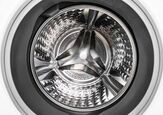








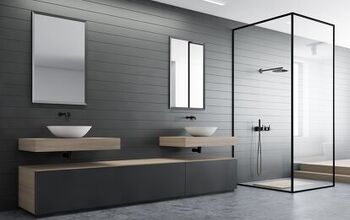
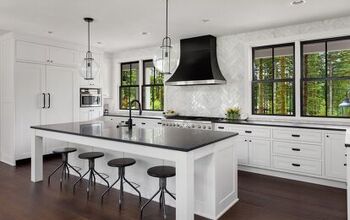
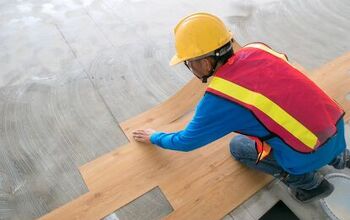

![10 Best Electric Pressure Washers – [2022 Reviews & Guide]](https://cdn-fastly.upgradedhome.com/media/2023/07/31/9070600/10-best-electric-pressure-washers-2022-reviews-guide.jpg?size=350x220)
